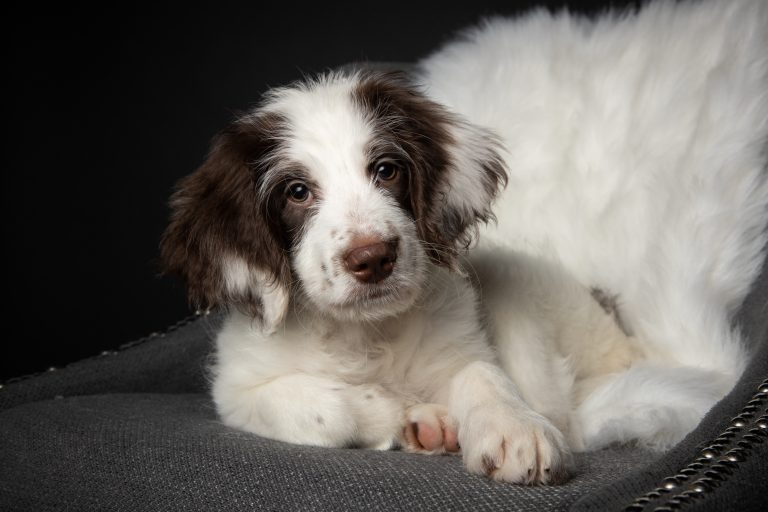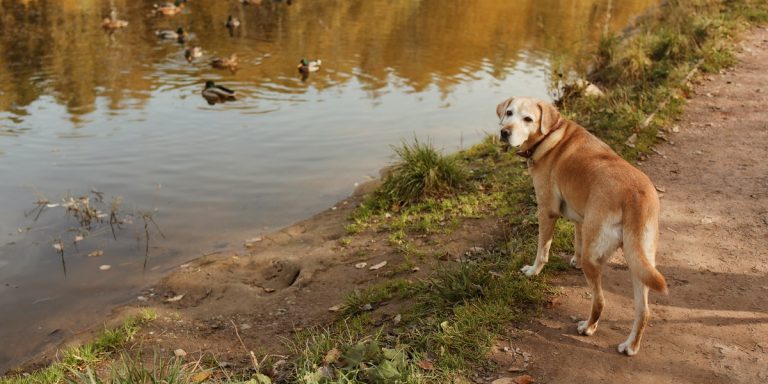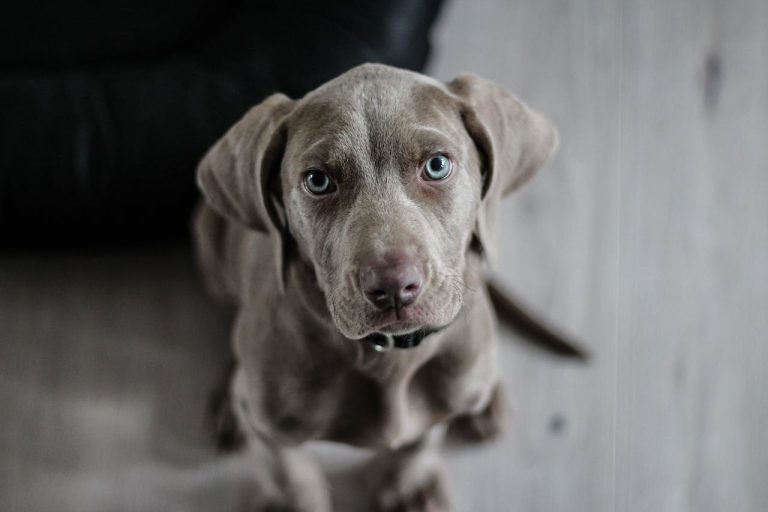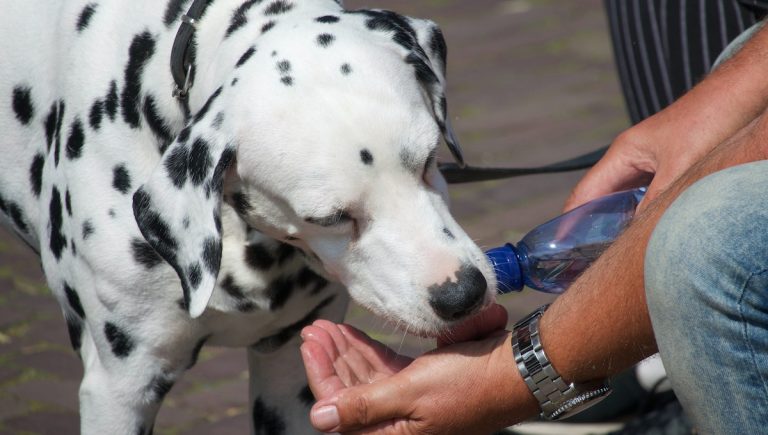What Is An F1 Labradoodle? (Explained)
Hmm, well that is seemingly the question of the day. It’s a question that deserves an answer, and we are here to provide you with just that. We are here to break down any sort of queries you might have. What is an F1 Labradoodle? To put it simply, an F! Labradoodle is a hybrid…
Hmm, well that is seemingly the question of the day. It’s a question that deserves an answer, and we are here to provide you with just that. We are here to break down any sort of queries you might have.
What is an F1 Labradoodle?
To put it simply, an F! Labradoodle is a hybrid cross between a Poodle and a Labrador. Understand though, that this is just barely scratching the surface with all that having an F1 Labradoodle brings to the table. The letter F1 signifies that the pup is the first generation from a purebred labrador and a purebred poodle. The letter “F” is derived from the Latin word “Filialis.“
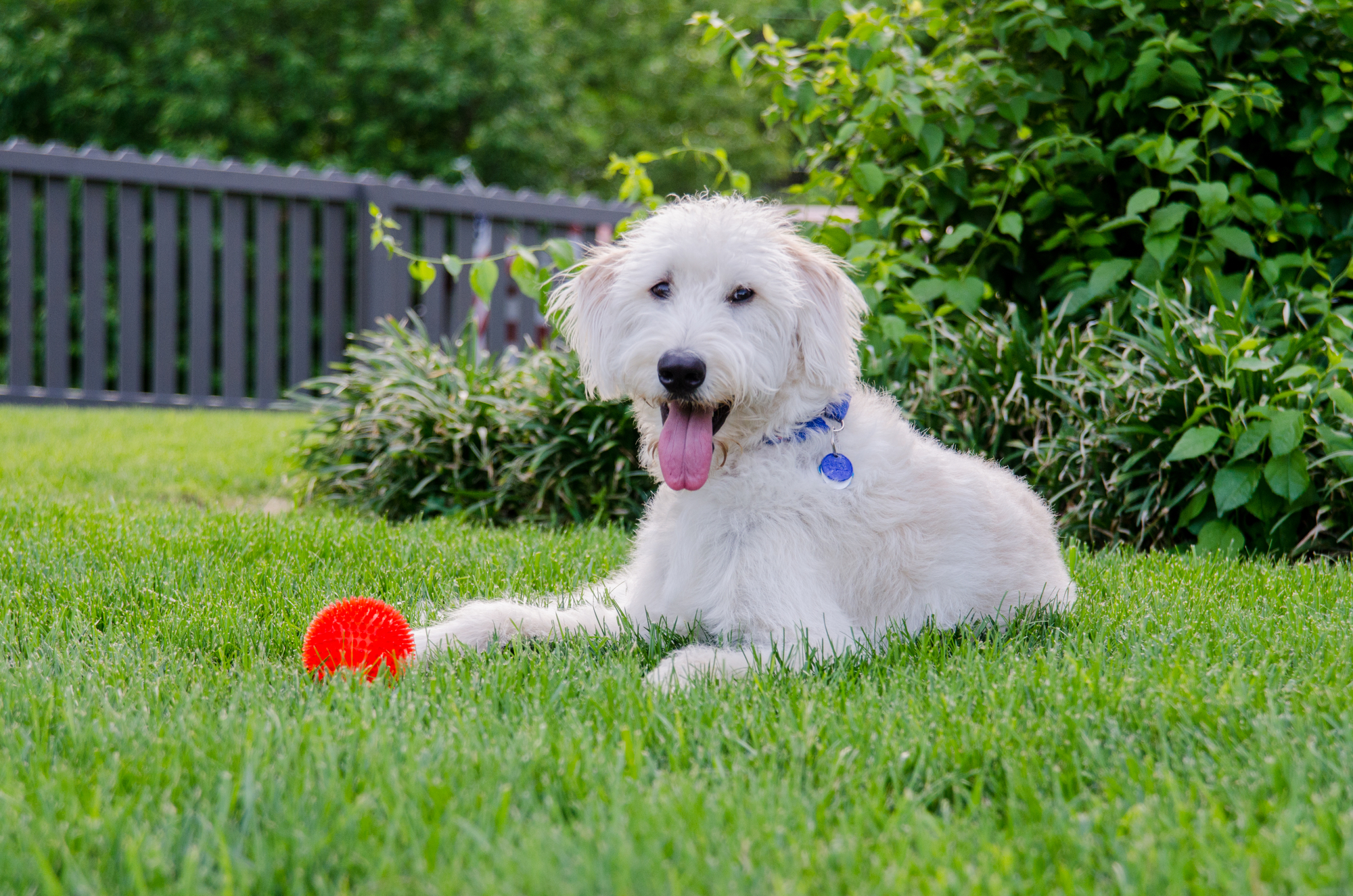
The benefits of inviting an F1 Labradoodle into your home, and welcoming them as the newest member of your family are immeasurable. We are here to impress upon you to give an educated look at a F1 Labradoodle if you are looking to welcome a new fur baby into your family.
Sure, there is a litany of queries that are present when adding any fur baby to the family unit, but F1 Labradoodles carry a certain prestige with them in the public consciousness.
A prestige that might make people wary that the care required for this sweet dog would be Herculean in the effort.
Trust us that it is more than manageable.
How big will an F1 Labradoodle get?
That’s a good question to pose. If you live in a studio apartment having a big dog wouldn’t be realistic. Fear not though, this breed of dog stands at 2 feet tall and weighs between 50 to 65 pounds.
Mind you, that’s on the high end of the scale. So, whether you live alone in a studio apartment or are the head of a household with a spacious backyard, the F1 Labradoodle puppy will fit right into almost any environment if there is a bounty of love for them there.
Do all F1 Labradoodles shed?
According to www.oodlelife.com, being first-generation dogs, the F1 Labradoodle is more likely to end with a straight coat of fur as opposed to double-coated dog breeds.
Therefore, they won’t have to deal with as much shedding as the other breeds, and they won’t deal with seasonal shedding as well.
That’s not to say there won’t be any shedding. It’s safe to say that dog owner should be prepared to see the usual amount of fur throughout the year that they would usually find.
Do F1 Labradoodles need haircuts?
The short answer is yes, F1 Labradoodles need haircuts. Granted they shed, but to keep their hair illustrious and pleasant looking then there will be some amount of grooming required.
While researching, come to find through www.oodlelife.com, the F1 Labradoodle will need 5-7 haircuts per year which is about average for most dogs. Other than that, if you are brushing them every other day or so, then your fur baby should look as visually appealing as much as, if not more, than any other dog strutting their stuff about.
Do F1 Labradoodles smell?
Well, in a sense, yes, a F1 Labradoodle can bring with it a not-so-pleasant odor. That’s the bad news.
The good news, from the source of www.welovedoodles.com, is that any of the causes behind your furry friend’s less-than-pleasant stench are easily fixable. First, let’s look at some of the causes.
They can vary from a wide range of sources like poor diet, ear infections, and allergies as well as a poorly maintained coat.
As stated, these are all fixable problems. It just takes love and attention on your part.
Are F1 Labradoodles hypoallergenic?
Generally speaking, F1 Labradoodles are not hypoallergenic so allergy sufferers will need to take note but will all depend on coat fullness.
We need to learn the reasoning for this to understand why, as a F! Labradoodle, you should be thankful for this.
From www.chicagoarealabs.com, it is said that this is due to the fullness of the dog’s coat.
The thicker and fuller the coat, the less likely the dog will shed, as well as have less dander.
So, with that being said, the dog being hypoallergenic correlates back to you performing due diligence when it comes to caring for and maintaining your dog’s coat.
Note: Although multi-generational Labradoodles are not hypoallergenic they can be allergy-friendly.
Are F1 Labradoodles good pets?
From www.thelabradorsite.com, it is found that a F1 Labradoodle can be an amazing pet. Oftentimes, what it boils down to is not only the dog’s natural temper but also how the owner treats them.
They gain their looks, personality, and traits from two sets of gene pools as it is but seeing as their parents already have a lot in common, their behavior never really ends up being wildly unpredictable.
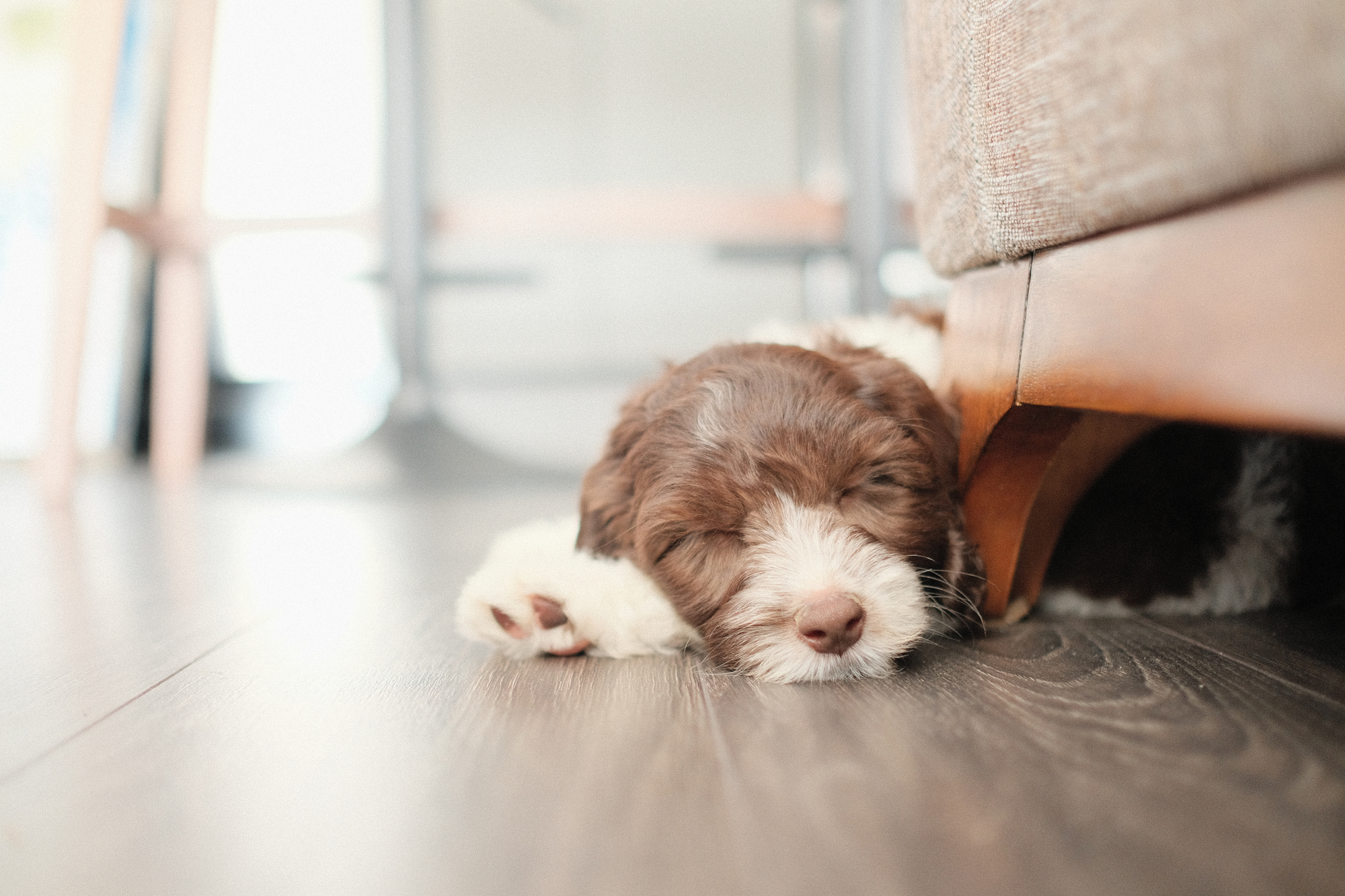
This breed of dog is widely known for being affectionate dogs, intelligent, fiercely loyal, and very active. Although they are high-energy dogs, they are quick learners and can be an amazing service dog.
These are all traits (poodle genes that are sought after by any would-be dog owner. It’s like hitting the lottery when it comes to dog breeds but make sure you are getting your pup from an ethical and reputable breeder.
That being said, if you are in the market for adding a new family member and are wavering on which breed to go with, I’d say it’s safe to place your bets with a cuddly and lovable F1 Labradoodle as they are sure to not disappoint.
What is a F1 Labradoodle’s Temperament like?
As stated above, there is an abundance of affection waiting for you when you embark on a forever family journey with an F1 Labradoodle.
They have more than enough puppy kisses with which to shower you and a full bounty of snuggles for you when you need a furry companion to hug.
They are a one-stop shop when it comes to showing love. www.oodlelife.com states that this breed is extremely excitable, energetic, and playful.
What’s not to love about that?
What goes into training a F1 Labradoodle?
Like with all great things in life, it takes time and effort. As they say, “all good things in life take time”.
Training and caring for your family’s new fur baby is no different. Think of it as if you and your partner are expecting a newborn child.
That’s a good rule of thumb to follow. Just follow these easy steps:
Do your research
Do plenty of preparatory research leading up to bringing your new F1 Labradoodle home.
Make sure you have a cozy sleeping arrangement situated for them, and that newspapers are laid out to avoid mishaps as you are housebreaking the little one.
Start obedience training immediately
Start obedience training your new F1 Labradoodle immediately. They are just babies after all, so they need guidance in life and parameters should be set from the beginning.
That way they don’t adopt any bad habits that would be harder to break later down the line.
It can’t be stressed enough to BE PREPARED. Foresee all the intangibles before they arrive.
Form a bond and gain trust with your new pup
Form a bond and gain trust with your new labradoodle pup. That is extremely important.
The little one is being brought into a new situation, so you want to ensure that there is plenty of love for them to feel out of the gate.

They have found their forever home, and you want them to feel as comfortable and loved as they can and with as much attention as you can provide them.
Use positive reinforcement when training your dog
Use positive reinforcement when training your newest family member. A lot of it boils down to what was stated earlier.
A dog’s behavior can be attributed to its owners. How well they have trained them.
If you being the owner are lackadaisical with the rules, then the dog will do what comes naturally and run amok.
You also don’t want to be a drill sergeant either and “bark” orders. That is fear-mongering and can have an adverse effect on the puppy.
There’s a sweet spot to be found in the middle where you are firm with the boundaries but show your new fur baby that it is coming from a loving place, and they are in a loving environment where they are safe.
Just like how human babies learn from their parents, so must a newborn puppy. You are their family, and they will look to you for strength and guidance.
Socialize your dog
Socialization is an important part of the training process as well. One that shouldn’t be flippantly overlooked.
Dogs are naturally social animals as it is. F1 Labradoodles are no different. They are social and thrive in an environment like that.
This is why proper training prior to their socialization is integral. From www.prideandprejudoodles.com – “With this breed in particular, they are happiest when they are pleasing people and playing around. However, building confidence takes effort and guidance from their pet parent. If you want to ensure they grow up to have a balanced personality, you need to expose them to plenty of dogs, people, and different situations.”
Make sure after you’ve laid the groundwork with their training that you are getting them out of the house and out into the world.
Expose them to the wide variety of sights, sounds, and smells that are out there. Let them interact with other dogs when you are out for a walk.
Initially keep them on a leash though. That reinforces the boundaries you have set and helps build trust with you, the pet parent.
Building a routine and exercise regimen is also a vital element in starting the rest of their life in their forever home. Consistency is key.
Now, do not get discouraged if you have obstacles and setbacks that you must overcome during the process, as it will all pay off in the end when you have your newest loving family member to care for.
Remember, your dog will need approximately one hour of exercise every day.
You will need patience, plenty of it
Patience is KEY! Just have patience. After all, Rome wasn’t built in a day. The relationship you are building with your new F1 Labradoodle should be treated with the same amount of love and understanding that you would put into any relationship.
It takes time and effort to build the trust and bond that will be essential for the rest of your days together.
The outcome though after all the effort has been put in, well that is going stick with you forever as you have bonded with a new loyal and loving family member. One that will always show you unconditional love.
Is it better to get a male or female Labradoodle?
Most believe female dogs generally are more aggressive and protective. Although as they age, they do tend to maintain a more mellow composure and are found to be easier to train.
Whereas their male counterparts are seen as wilder during their “teenage years”.
Although, they will always show you endless amounts of love and affection. Like with any child, a F1 Labradoodle will go through some growing pains. You just have to be there with equal amounts of love to let them know they are safe.
What are the health problems that come with F1 Labradoodles?
F1 Labradoodles are hybrid dogs, so they will bring with them some health issues. It’s not guaranteed, but they could develop hereditary health conditions like hip and elbow dysplasia, an eye disease called progressive retinal atrophy, and von Willebrand’s disease, that is a bleeding disorder.
All these medical setbacks can be treated though, so it’s nothing to lie awake at night about. It just comes down to you putting in the effort to care for a loved one.
What is the difference between a F1 and F2 Labradoodle?
To put it simply, F1 Labradoodle has purebred parents meaning both its mother and father were either purebred Labrador or purebred Poodle, whereas, in the case of an F2, their parents are both Labradoodles.
Types of Labradoodle generations?
There are the obvious F1 (first generation labradoodle) and F2 (second generation labradoodle) generations as previously discussed but then there is the F2b (second generation backcross labradoodle), the F3 (third generation labradoodle), F3b (third generation backcross labradoodle), and the F4 (fourth generation labradoodle). As I said, there are quite a few.
The F in the name represents “Filial Hybrid”. It’s just the implication that your dog is a crossbreed as opposed to a purebred.
The number represents the represents the generation number. The B represents “backcross” which is a fancy way of saying labradoodle bred with a poodle.
It comes down to genetics, and whether you care if your dog is a hybrid or purebred.
Final say on F1 Labradoodle
Well, we have provided you with an abundance of information to help guide you on your journey when it comes to adding a fur baby to your home.
Understand though that there’s a learning curve and an adjustment period when bringing an F1 Labradoodle into its forever home. You’ll find that the benefits far outweigh the stresses.
This is where the love and understanding that you’ve read about comes into play. You’ve introduced this happy and loving new member to your family, so they should be treated with an equal amount of happiness and love.
Even when you need to punish them for tearing up your favorite shoe or having an accident on the rug, do so with love.
Show them that your reactions, although stern, are coming from a place of love. This loyal, affectionate, and protective breed of dog should be treated in kind.
Show them through your behavior that they are safe, loved, and cared for. They are going to treat you with unconditional love, so it’s only fair that that you treat them in kind.
I hope through this informative and eye-opening journey you have found yourself at the conclusion that you would love to bring an F1 Labradoodle into your home.
That addition to your family would ensure that there would be more love to spread out from both sides of the equation, and after a while, you wouldn’t be able to imagine a life without your new fur baby, just as they couldn’t imagine life without you.
